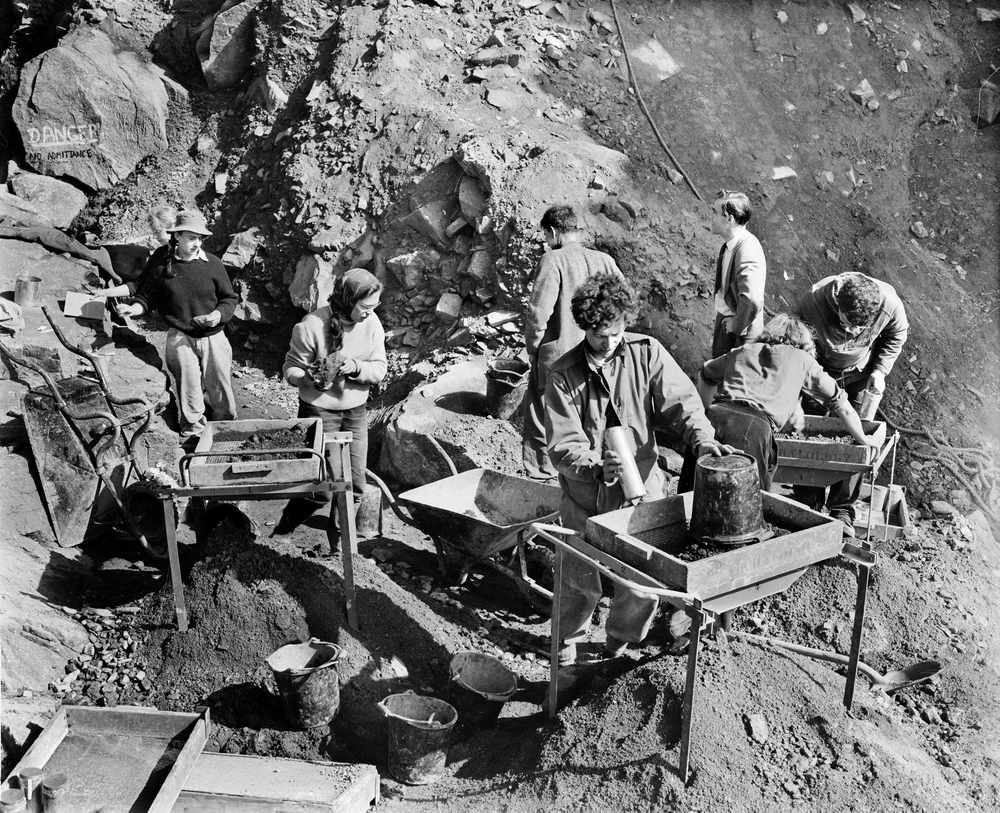
Called Jersey: Ice Age Island, the display at Jersey Museum focuses on a number of recent discoveries made after archaeologists spent time re-examining La Cotte de St Brelade, a site of international importance, and Les Varines, another important area where remnants of human settlements have been found.
Researchers from the British Museum, a number of universities and Jersey Heritage have also used new techniques to uncover more about the Island’s Ice Age past, and it is now believed that Jersey holds sites that are key locations for understanding human evolution over hundreds of thousands of years.
During the course of the research, pop-up museums offering a glimpse of the ongoing work were created, and now education walks, called Ice Age Trails, have been created to show areas significant to the Island’s past.
- Meet Barbu, the life-size model of a Neanderthal man
- Find out how tools were made and used thousands of years ago
- Discover what Jerseys Ice Age landscape looked like before the Island was surrounded by sea
- See fossilised fragments of creatures that roamed the Island
- Learn how early humans hunted
- Discover how remains show the effect of past climate change
Islanders can visit the Ice Age Island section of Jersey Heritage’s website to see videos about why the trails and areas – Ouaisné to St Aubin, L’Etacquerel to Grosnez and Gorey to Fliquet – are significant, before following the trails.
The project, which includes three years of work by scientists and local experts, was funded by the States Tourism Development Fund, which gave a grant of £199,000 in 2013, and the research has also received £170,000 of funding from the National Environmental Research Council and the Leverhulme-funded Ancient Human Occupation of Britain Project in the UK.
The exhibition is based on a concept created by the Natural History Museum and sponsored by the Capco Trust.
Jon Carter, director of Jersey Heritage said: ‘Jersey has an exceptional record of early Stone Age archaeology for such a small Island, and this exhibition showcases the sites at La Cotte and Les Varines and the science behind research currently being undertaken by the Ice Age Island team.
‘The work is bringing to light new stories from Jersey’s Ice Age heritage and is continuing to show the Island is a scientific treasure trove.’
The display opens to the public on Sunday and will run until 30 December 2016.















